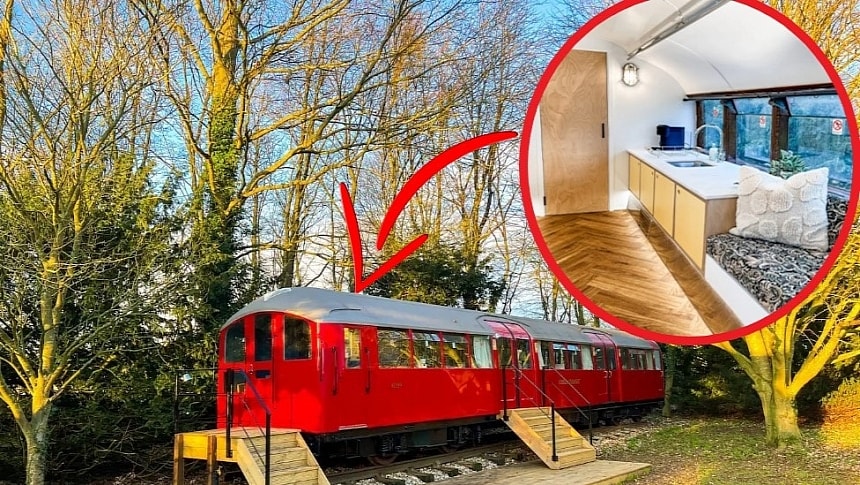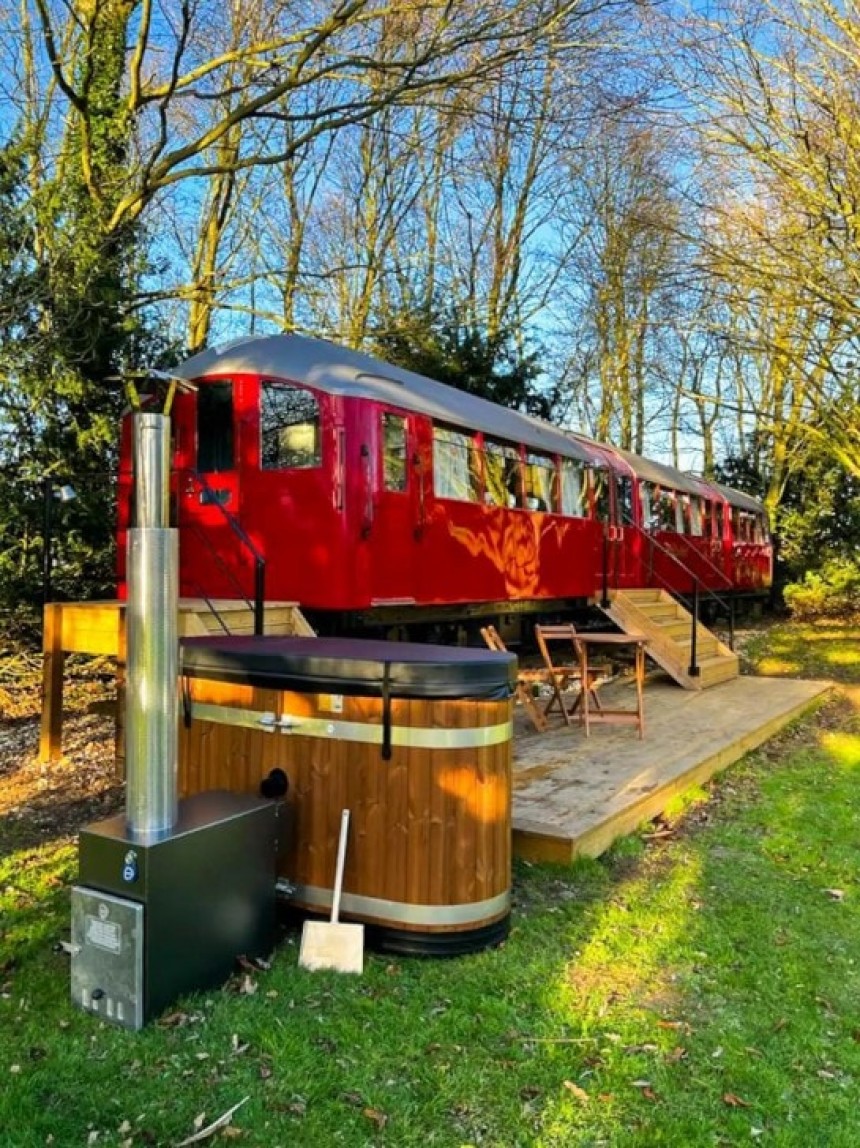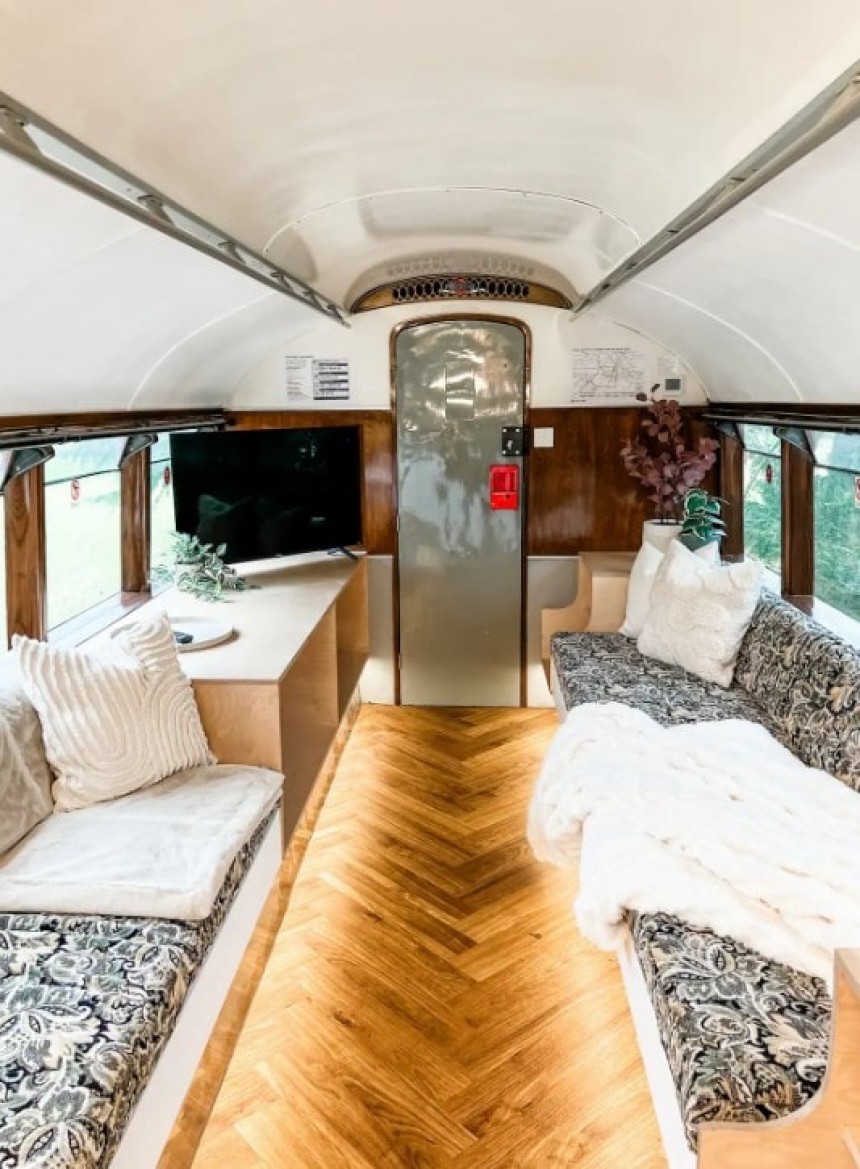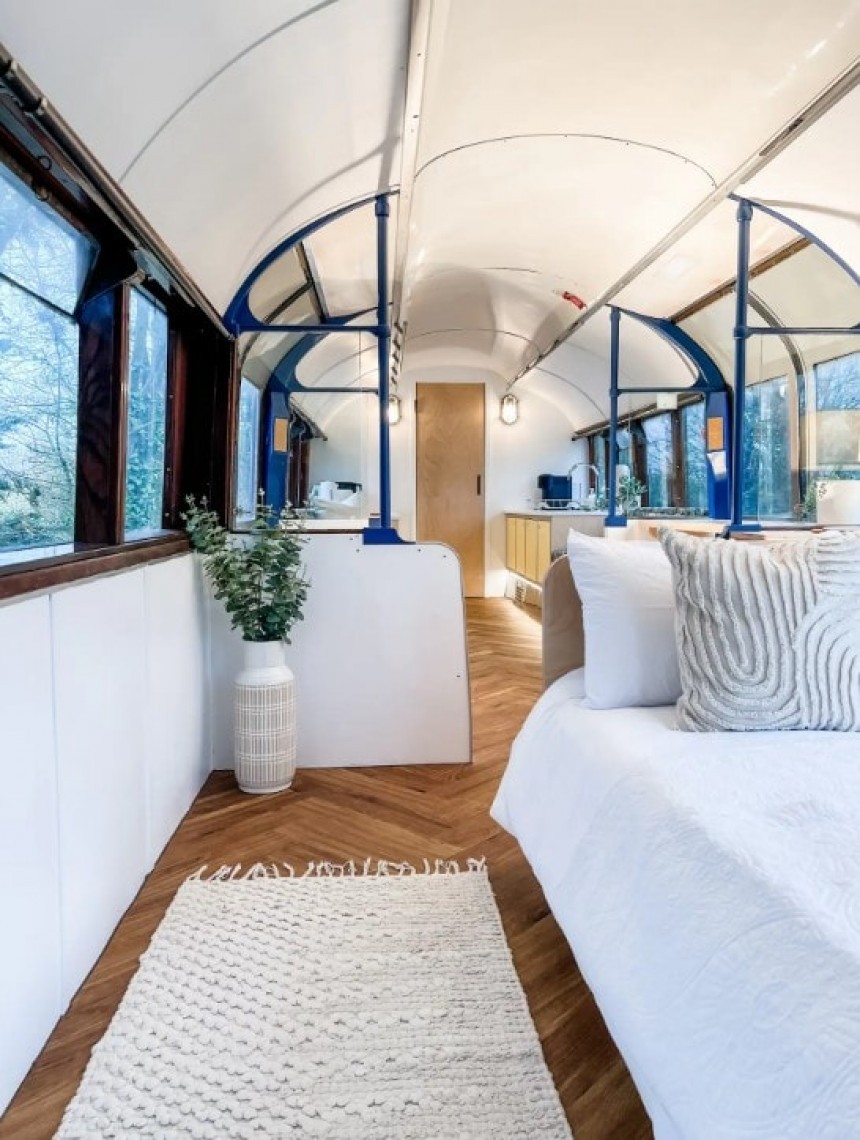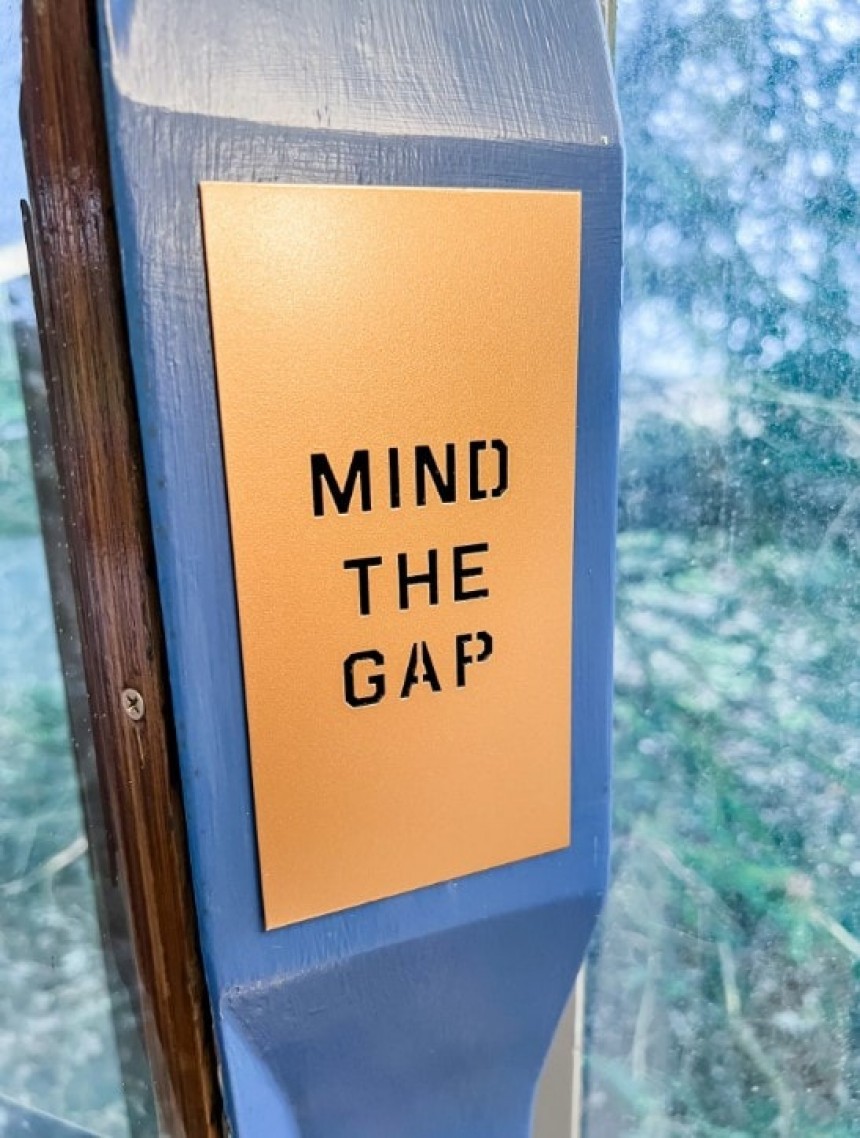
With all this talk about downsizing to reduce our carbon footprint and lead more affordable (and happier) lives and about upcycling to cut down on waste, it’d be easy to get lost in fancy words. But at the end of the day, either can be a form of keeping a legend alive.
Upcycling, or the creative recycling of “trash,” is a guaranteed method of cutting down waste. In theory, it’s easy, cheap, and accessible because you only have to pick stuff that’s been discarded but is still in good condition and work your magic on it to give it new functionality. In practice, especially when it comes to conversions of this kind, it’s a challenging, oftentimes discouraging, and very expensive task.
Think of airplane conversions. On the face of it, it makes sense to take a decommissioned aircraft and turn it into a home, especially since you already have a shell with integrated wiring and plumbing. There’s a reason why airplane homes are so few and why those that did make it across the finish line are always in the news: actually turning an aircraft into a home is a very expensive job, not for the faint of heart.
The same goes for train car conversions. As upcycling projects, they entail you starting off with a shell, as opposed to a blank canvas, but that shell tends to complicate things as you progress instead of making them easier. Mind The Gap is a good example in this sense, but it can also serve as motivation for those feeling stuck and overwhelmed by a similar upcycling project. It’s also a treat for the eyes of everyone else.
Mind The Gap started out as a 1983 London tube carriage that served the London Underground for 50 years before being demoted to passenger train on the Isle of Wight for another two decades.
The owners recovered it from the yard and deemed it a solid candidate for a glamping upcycled project. In the process, they created what they describe as a one-of-a-kind getaway that’s also the only private converted London tube carriage in the world. They’re probably hoping that if the styling and features of Mind The Gap won’t convince you, its uniqueness might.
In all fairness, they hardly need selling it that hard: Mind The Gap is a glamping unit unlike any other, offering a taste of tiny living to guests while still bearing the distinctive elements of its storied past. At its present location, in Apple Mount Retreat in Suffolk, England, it’s surrounded by gardens and tourist hotspots and comes with access to a pool and its own private hot tub. It has plenty of high selling points besides its background, is what we’re saying.
The layout maintains the original layout of the carriage, but the spaces have been repurposed. There’s an entry cabin where the driver’s cabin used to be, and the three seating compartments have been turned into separate living areas: a living room, a bedroom, and a small kitchen with seating.
This tiny “home” is 17 meters (55.7 feet) long and 2.3 meters (7.5 feet) wide, so space isn’t exactly an issue. The linear layout might be in less skilled hands.
Still, Mind The Gap handles that issue well, offering well-defined but entirely open spaces ideal for entertaining and socializing. Styling is Scandinavian-inspired, so minimalist with the occasional spot of color, and it helps with creating a more welcoming environment.
As for the challenges posed by upcycling projects, they’re apparent here, too. Mind The Gap features the original curved roof of the tube carriage, and that means spatial restrictions in the bathroom (in the shower cubicle, in particular) and limitations when choosing furniture. It also retains the original windows, so the entire space is always basked in natural light with no possibility for black-out.
Though the “home” has an insulated roof and walls and features underfloor heating, it is still “a metal structure with residual areas of ventilation so it has the potential to get cold during the winter.” The owners provide guests with solutions for each of these issues, so it’s not like they’re deal-breakers. Their very existence, though, highlights the complexity of such a conversion.
As far as upcycled tiny homes go, Mind The Gap is a standout. It will never be mobile again, but it’s a great way of letting a legend live on and keep it from becoming “trash.”

